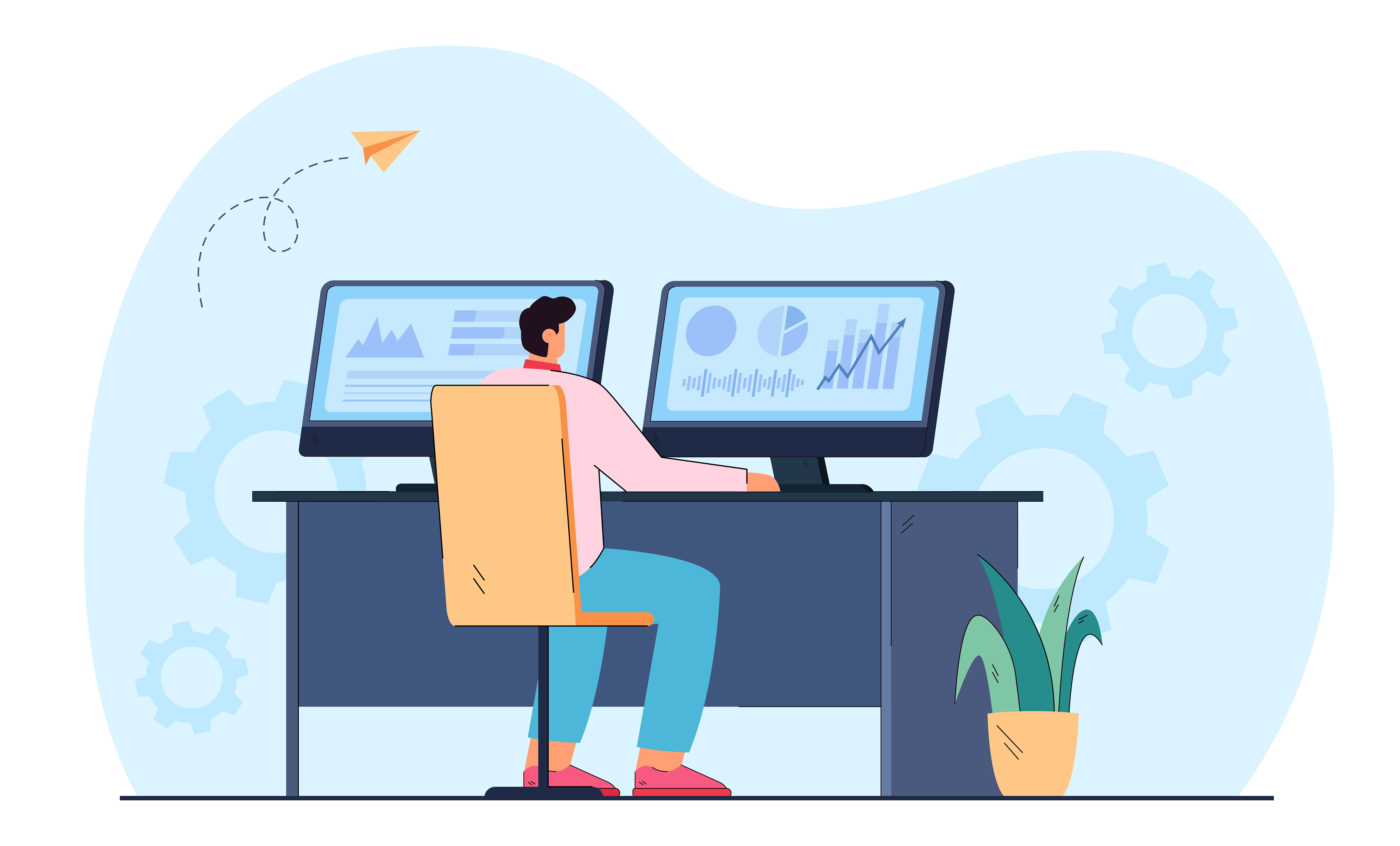
Sparkbase Lab News 07-23
Image by pch.vector on Freepik
Understanding the Strengths of Manual Trading
Manual trading offers traders the human touch, allowing them to leverage their experience, intuition, and emotional intelligence. It provides flexibility, adaptability, and the opportunity to learn and grow as traders. Here are some key considerations when combining manual trading with automated trading:
Strategy Development: Engaging in manual trading enables new traders to develop and refine their trading strategies based on personal analysis and insights. By actively participating in the trading process, they can identify patterns, indicators, and nuances that can enhance their automated trading systems.
Trade Validation: Manual trading can serve as a benchmark for the performance of automated trading systems. By executing trades manually alongside their automated systems, traders can validate the effectiveness of their algorithms and make necessary adjustments to improve their overall strategy.
Risk Management: Manual trading allows traders to have direct control over risk management decisions. By actively monitoring positions, setting stop-loss orders, and adjusting risk parameters, traders can ensure that their automated systems operate within their desired risk parameters.
Harnessing the Power of Automated Trading
Automated trading systems offer speed, efficiency, and the ability to execute trades without emotional bias. By incorporating automation into their trading approach, new traders can unlock several benefits:
Trade Execution: Automated trading systems can execute trades at lightning-fast speeds, allowing traders to capitalize on short-term opportunities or high-frequency trading scenarios. This speed advantage enables traders to take advantage of market movements that may occur within seconds.
Backtesting and Optimization: Automated trading systems can be backtested using historical data, allowing traders to evaluate the performance of their strategies. By analyzing past data, traders can identify strengths and weaknesses and optimize their automated systems accordingly.
Market Monitoring: Automated systems can continuously monitor multiple markets and trading instruments simultaneously, which would be a daunting task for manual traders. By leveraging automated systems alongside manual trading, new traders can expand their trading opportunities and stay ahead of market trends.
Finding the Balance
To find the optimal balance between manual trading and automated trading, new traders should consider the following factors:
Goal Alignment: Determine your trading goals and assess which tasks are better suited for manual execution and which can be effectively automated. For example, fundamental analysis or complex decision-making may be better left to manual trading, while repetitive tasks like order execution can be automated.
Technology and Skill Level: Evaluate your technical knowledge and capabilities. If you possess programming skills, you may opt to develop your own automated trading systems. Otherwise, consider utilizing existing platforms or seeking professional assistance.
Continuous Evaluation: Regularly review the performance of your trading approach. Monitor the effectiveness of your manual trades and assess how your automated systems are performing. Be open to making adjustments, learning from experience, and refining your strategies over time.
Emotional Discipline: Emotions can impact both manual and automated trading. Practice emotional discipline when executing manual trades, and regularly assess the emotional biases that may arise when designing or adjusting automated systems.
Conclusion
Finding the balance between manual trading and automated trading is a journey that requires careful consideration and adaptation. By combining the strengths of each approach, new traders can optimize their strategies and achieve trading success. Embrace the flexibility and adaptability of manual trading while leveraging the speed and efficiency of automated trading. Remember to continually evaluate and refine your trading approach.


